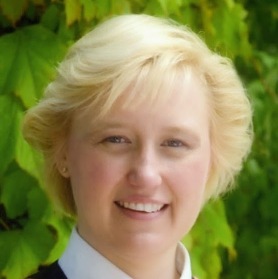Information at your Fingertips
What is Clinical & Systems Transformation Trying to Achieve? – Part 2
Imagine being able to hand over your client cases at the end of a shift, knowing that all the information is at your fingertips. “It’s all right there – one source of truth,” says Christine Jerrett, Clinical Documentation Team Manager for the Clinical & Systems Transformation project.
We use clinical documentation to record a patient’s status and problems, and to communicate these to other care providers.
“Electronic documentation helps with standardization and accessibility,” explains Christine. “For example, right now, if a physiotherapist documents a note about a patient’s pain, it’s in a separate section of the chart from other notes, where nurses and other care providers may not see it. My team is striving to facilitate interdisciplinary documentation, so that healthcare providers can share information, and it isn’t housed in silos – it’s readily visible to all clinicians.”
With standardized electronic documentation, you can easily find, filter and organize clinical information and quickly share it with patients and other care providers. This makes patient education and follow-up easier and more effective. There is less duplication of effort in creating forms, recording results, and creating care plans; which means more consistency. By using standardized electronic templates and menus, you can be confident that you have entered all necessary patient information.
It’s important to get this right at the beginning. That’s why multi-disciplinary teams of healthcare professionals from across the three Health Organizations are working to design evidence-based workflows and tools.
As Christine says, “Patients deserve to know they’re getting the same level of care wherever they are, that it’s always based on leading practices, down to the level of what clinicians are assessing and the information they’re communicating to other members of the care team.”
Visit CSTproject.ca for more information and regular updates, and to submit suggestions for future articles. If you have questions or feedback please email info@CSTproject.ca or contact Kelle Payne, CST Executive Director and Transformation Lead, VCH at kelle.payne@vch.ca.
See also “What is Clinical & Systems Transformation Trying to Achieve? – Part 1”.


